

Matt Campbell
2026 Hyundai Tucson Hybrid review
2 Hours Ago
It might be missing the naturally-aspirated V8 of old, but this AMG-powered British muscle car is still very much a real Aston Martin at heart.
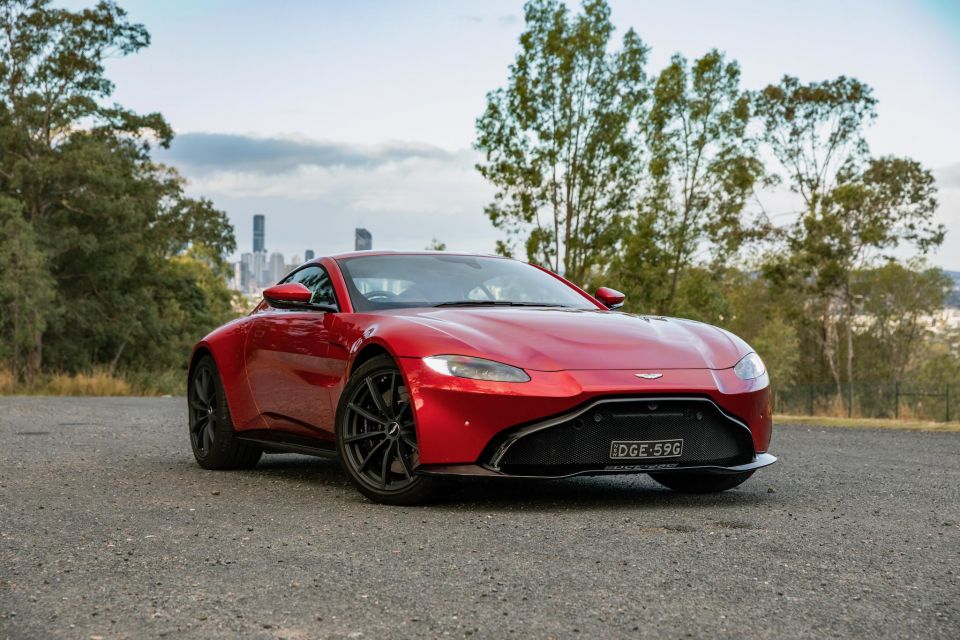


Publisher
New from
$315,000
excl. on-roads

Publisher
New from
$315,000
excl. on-roads


Publisher
New from
$315,000
excl. on-roads

Publisher
New from
$315,000
excl. on-roads
Quickly see how this car stacks up against its competition. Select any benchmark to see more details.
Where expert car reviews meet expert car buying – CarExpert gives you trusted advice, personalised service and real savings on your next new car.
Aston Martin is going through a significant revamp right now. There’s a new boss and a new Formula 1 program, and a cavalcade of significant and powerful people are involving themselves in the process of turning the company’s fortunes and share price around.

While all of that is going on the brand continues producing its range of sports cars, the most affordable and (arguably) sporty of which is the Vantage.
The coupe and convertible are meant to take on the Porsche 911 (992), Audi R8, and even the car from which it borrows its power plant, the Mercedes-AMG GT.
Before we get into it, let’s revisit a bit of Vantage history. The previous-generation Vantage was an icon for the brand, having lasted in production for 13 years, in both V8 and V12 variants. It was mostly styled by Ian Callum, the man responsible for the DB9, but he left Aston Martin to lead Jaguar towards the end of the Vantage design process and handed it over to Henrik Fisker.

The naturally-aspirated V8 Vantage of old never really had what it took to tackle its most obvious rival, the Porsche 911. While it proved successful in its early days, the Vantage really fizzled in its last few years given its extended life.
In the time Aston Martin has offered just two Vantage models, Porsche has offered the 996 and 997, and the 991 and 991.2-generation of the 911. It remains to be seen if that will be the case with the current car.
Why are we bringing this up? Even though this is a modern car, the current-generation Vantage might already be falling behind the Porsche 911.
When this current-generation model waded into battle housing a German heart in an all-new design in 2018, there was a lot of talk about its engineering and aesthetic appeal.


The new Vantage took inspiration from the Aston Martin DB10 designed for James Bond, but in trying to really differentiate the car from the DB11 Aston Martin head of design, Marek Reichman, took a bold gamble with the front end. Only time will tell if it has paid off.
The good news is the company is aware the polarising nose isn’t to everyone’s liking, and now offers a more traditional grille. I personally feel it will give the Vantage a far more aggressive look.
As for the Mercedes-AMG sourced powertrain (which produces less torque than the C63)? It’s critical to realise a company as small as Aston Martin can’t develop two new powertrains on its own. The brand wisely chose to go it alone with the V12 for the DB11 and its derivatives, but decided to buy the V8 from AMG.
To be fair, this isn’t a new approach. Even the old Vantage’s engine borrowed plenty from Ford and Jaguar, although it wasn’t quite as obvious.
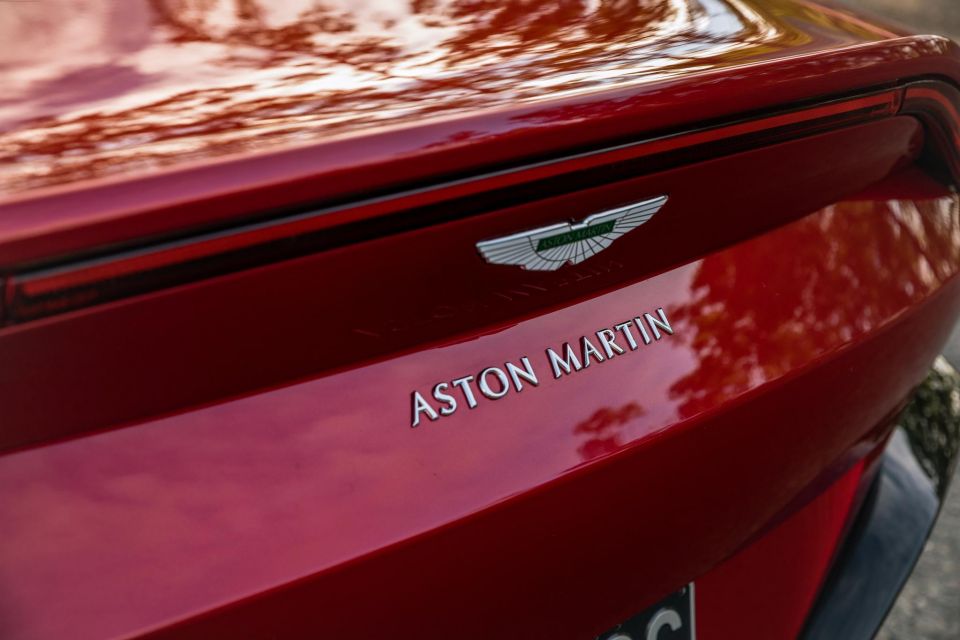

The Aston Martin V8 Vantage has a starting price of $299,950 before on-road costs. Given you’ll definitely need to tick a few option boxes, expect your Vantage to cost somewhere in the low to mid-$300,000 range by the time you negotiate and get it as you like.
This particular car had an extra $51,208 of options on it, which included the special paint (Hyper Red), gloss black for the exterior with the black pack, black brake callipers, a black under-bonnet cross brace, upgraded audio, leather headlining, contrast stitching, Aston Martin logos on the interior (that really ought to be standard), powered seats with heating, and the interior jewellery package in silver.
A breakdown of the option costs can be found below:
Buy your new car without the stress. It's fast, simple and completely free.

Great service from Travis and team, second time I have used this business would not hesitate to recommend them to anyone
Craig C.
Purchased a Ford Ranger in Sunshine Coast, QLD
CarExpert helped Craig save thousands on his Ford Ranger, now let us save you on your next new car.
Find a dealYou get an Aston Martin and that means a super high-quality fit and finish, with most of the car put together by hand.
Not many Aston Martins come stock without options and in many ways, you will very much need to tick a few boxes to make it right. Nonetheless, while some of the luxury items may need to be optioned, the class and the brand’s allure is standard.
There is no safety rating for the Aston Martin Vantage, as volumes are too low to justify crash testing.
In saying that, Aston Martin hasn’t equipped the car with many active safety systems, systems now standard on base model Mercedes-Benz cars.
It would be ideal if systems such as autonomous emergency braking were fitted to the Vantage standard.
The Vantage carries the tradition of Aston Martin’s high-quality leather finishes and hand-crafted interiors. The soft leather and way it smells is a welcome delight every time you jump in.
The seats themselves are a perfect blend of comfortable and sporty, hugging you around bends but also providing enough back support to make this a decent long-distance cruiser.

Our car had beautiful red stitching on the black seats and most of the interior, but strangely didn’t match the stitching on the steering wheel.
The most disappointing part of the Vantage’s interior is the one that should be the easiest to get right. There’s a near endless array of buttons – perhaps inspired by the 911 – but the infotainment system itself is old-fashioned and, to put it bluntly, downright poor.
It’s a very outdated version of Mercedes-Benz COMAND that is now superseded even in the absolute base variant of the A-Class.


If Aston Martin is going to buy the technology from a larger partner, it needs to do it in a way that gets it consistent model year updates keeping it in line with the competition, because what Porsche offers with the 992’s infotainment and general technology stack inside the car is light years ahead of the Vantage – which is not even that old.
On the more positive side, once you get over that the instrument cluster presents a very clear and crisp display that makes it easy to see how quickly you can lose your licence in this car.
Most of the switchgear is very much from Mercedes, including the indicator stalks and cruise control buttons. None of this is a bad thing, but it takes a little bit away from the Aston Martin prestige.


The Vantage uses the well-known, tried and tested Mercedes-AMG 4.0-litre twin-turbo engine that features in any AMG vehicle wearing a 63 badge. In the Aston configuration it makes 375kW of power and 685Nm of torque.
To give some context, the AMG GT R makes 430kW of power (at 6250 rpm) and 700Nm of torque (at 1900 rpm) from the same engine.
Even the C63 S has more torque (700Nm), so there is clearly a software tune for the Vantage limiting the engine’s full potential. There’s probably a relative easy way it can be tuned up considerably without many hardware changes.


The AMG powerplant is paired with an eight-speed ZF automatic transmission driving the rear wheels. It does the job pretty well, but Aston remains pretty much the only company offering a ‘super sports car’ with a manual transmission you can option with the coupe.
The Vantage has a claimed 0-100km/h time of 3.8 seconds.
As a driver’s car the Aston is pretty stable with a good, neutral balance, and a chassis that’s definitely made to take on the twisty stuff.
It may be based on the same underpinnings as the DB11, but its noticeably shorter length provides a far more robust and dynamically-engaging driving experience.


The car gives a lot of confidence in the corners and settles nicely if it hits a bump mid way through. You can genuinely push it pretty hard and it seldom feels like it’s about to let go even when fully loaded up mid-turn.
Perhaps the only criticism is that the steering doesn’t provide enough feedback for what we expect of a sports car in this class. It’s no 911, let’s put it that way.
It’s a very neutral car and without much communication through the wheel it’s hard to really know if there is an onset of understeer or oversteer coming your way. As we found out, there seems to be neither!
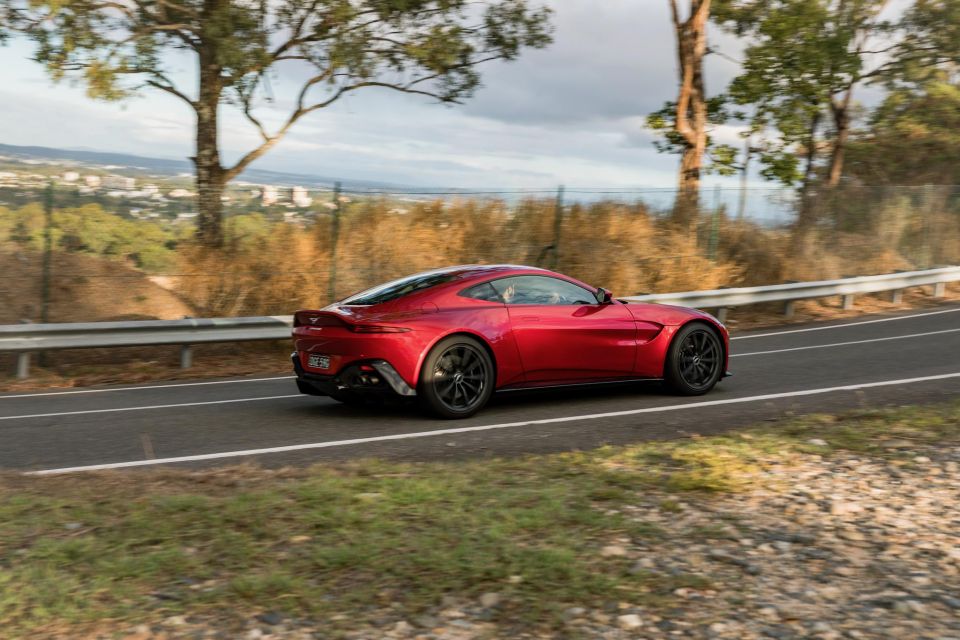

The engine is also a delight, as it has always been in AMGs. It has a very neutral power delivery that doesn’t seem to have any holes in the torque band. There’s no sudden surge of boost or anything that feels like it may unsettle the car.
It doesn’t feel snappy, and the traction control seems pretty good at finding a balance between letting you have fun and keeping you safe
The engine note is a little disappointing, though. It doesn’t sound like an AMG on acceleration – Aston wanted to give the car a unique character and while it certainly has done that, it’s not a character we particularly loved. It’s lost a bit of that dirty V8 noise you get from AMG products, but the cracks and pops on the downshifts and lift-off are a nice reminder that you’re a hooligan and proud of it.

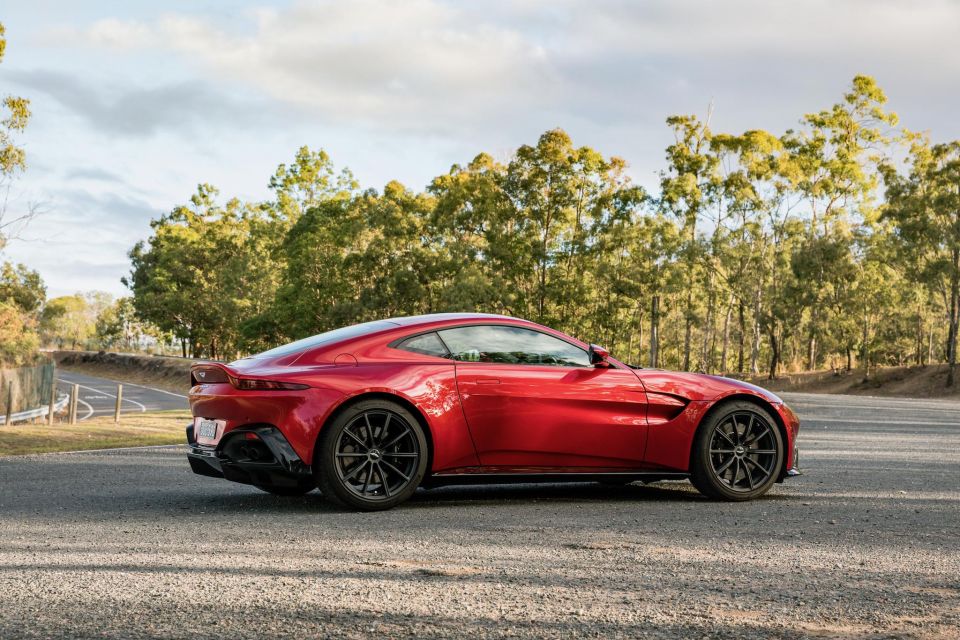

You can turn the power unit down to its base setting of Sport and it will behave without much fanfare, move it to Sport Plus or Track and things get a little more serious when it comes to both responsiveness and noise.
We found the suspension to be really well sorted. You can argue it’s maybe a tad on the soft side even in its hardest setting but for our ordinary roads in Australia, it seems to be the perfect setup. Perhaps most importantly, when you want to cruise or drive to work, the comfort setting makes this an ideal daily driver.
The Aston Martin Vantage has a three-year, unlimited-kilometre warranty that can be extended up to 15 years with a factory-backed system.
It costs $1200 for each service for the first three years. Given the similarities of the powertrain to AMG, the actual maintenance cost of the Vantage is relatively low compared to most people’s expectations.
Why take an Aston Martin Vantage over, say, a new Porsche 911? Ultimately that’s a very personal question.
The Vantage is an Aston Martin and far more unique than ‘just another 911’. There is a sense of romance and thrill to owning an Aston. Try telling your friends you own an Aston Martin, practice it in the mirror. It sounds a lot better than Porsche.
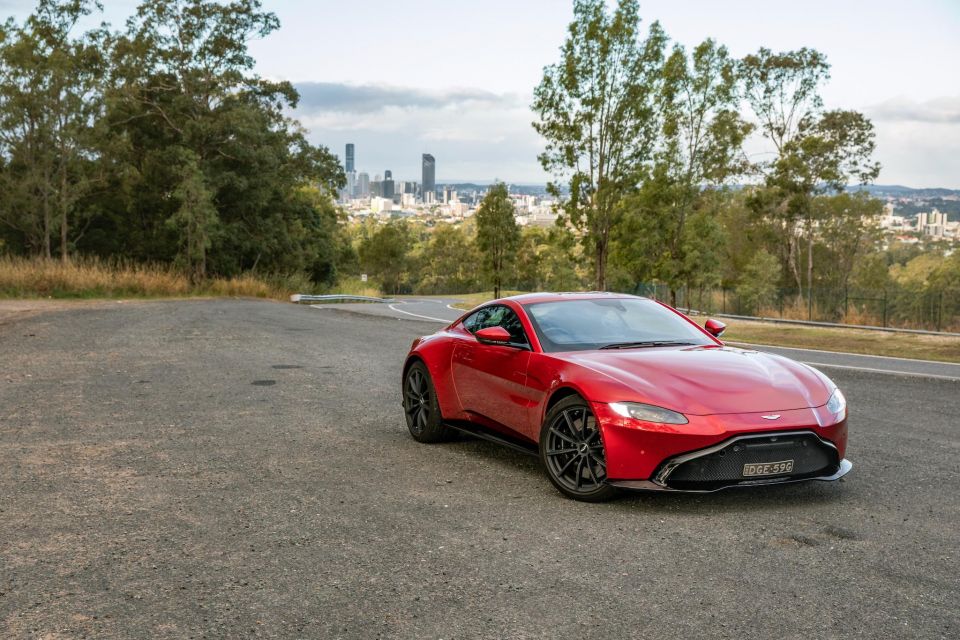
It’s not just the brand cachet that should convince you of the Vantage because there is plenty to love about the car on merit as well. It has a surprisingly (or perhaps unsurprisingly) high level of road presence, particularly in this gorgeous red colour.
You will certainly make an impression in your Vantage. It’s only really let down by an outdated infotainment system and a lack of noise and character. The second part an easily be fixed with a basic tune, and perhaps an exhaust upgrade.
Where expert car reviews meet expert car buying – CarExpert gives you trusted advice, personalised service and real savings on your next new car.
Alborz Fallah is a CarExpert co-founder and industry leader shaping digital automotive media with a unique mix of tech and car expertise.


Matt Campbell
2 Hours Ago


Max Davies
18 Hours Ago


William Stopford
18 Hours Ago


Derek Fung
18 Hours Ago


Max Davies
1 Day Ago


William Stopford
2 Days Ago